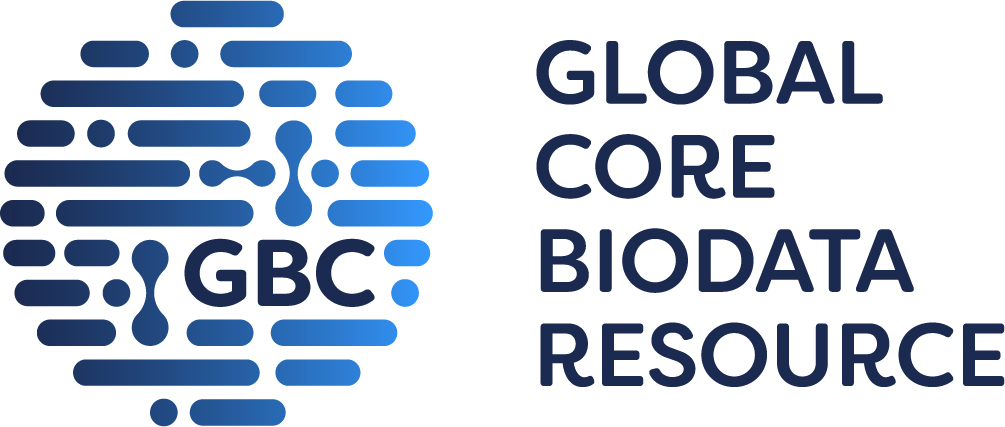
GtoPdb is requesting financial support from commercial users. Please see our sustainability page for more information.
Bacterial protein targets C
Unless otherwise stated all data on this page refer to the human proteins. Gene information is provided for human (Hs), mouse (Mm) and rat (Rn).
Overview
Antimicrobial resistance is recognized by the World Health Organization (WHO) as a major global health threat, and it is estimated that drug-resistant infections contribute to almost 5 million deaths a year [3]. The rapid spread of bacterial strains resistant to available antibacterial medicines is of particular concern, including the 'ESKAPE' pathogens (Enterococcus faecium, Staphylococcus aureus, Klebsiella pneumoniae, Acinetobacter baumannii, Pseudomonas aeruginosa, and Enterobacter spp.) that are responsible for many nosocomial infections [7-8].
Antibacterial compounds act on essential bacterial molecular pathways, resulting in inhibition of growth or death of the microorganisms. These mechanisms of action include: altered DNA replication and structure, cell membrane integrity, and inhibition of cell wall peptidoglycan synthesis, nucleic acid precursor synthesis and protein synthesis.
Targets
Complexes
|
DNA gyrase
C
Show summary »
More detailed page |
|
DNA topoisomerase 4
C
Show summary »
More detailed page |
Targets and Subunits
|
DNA gyrase subunit A
C
Show summary »
More detailed page |
|
DNA gyrase subunit B
C
Show summary »
More detailed page |
|
DNA topoisomerase 4 subunit A
C
Show summary »
More detailed page |
|
DNA topoisomerase 4 subunit B
C
Show summary »
More detailed page |
|
polyketide synthase Pks13
C
Show summary »
More detailed page |
Further reading
How to cite this family page
Database page citation:
Bacterial protein targets. Accessed on 19/12/2025. IUPHAR/BPS Guide to PHARMACOLOGY, http://www.guidetopharmacology.org/GRAC/FamilyDisplayForward?familyId=1074.
Concise Guide to PHARMACOLOGY citation:
Alexander SPH, Kelly E, Mathie AA, Peters JA, Veale EL, Armstrong JF, Buneman OP, Faccenda E, Harding SD, Spedding M, Cidlowski JA, Fabbro D, Davenport AP, Striessnig J, Davies JA et al. (2023) The Concise Guide to PHARMACOLOGY 2023/24: Introduction and Other Protein Targets. Br J Pharmacol. 180 Suppl 2:S1-22.








